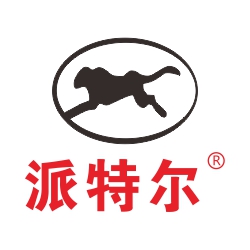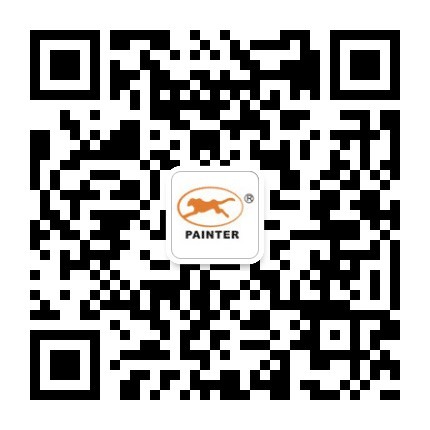In hit and run accidents, it is quite common for rubber traces to be left at the crime scene. The Forensic Scientist will have the task of analysing the tyre striation traces in order to identify the type of tyre involved in the accident [1]. However, tyre striations alone do not provide enough detail to show a high level of discrimination between different tyre manufacturers and individual models. It is envisaged that by accompanying the visual test with a chemical test of the rubber, this aim could be achieved. Previous studies have been limited to Pyrolysis-GC/MS method [2]; however we have developed further techniques that can offer additional discriminatory factors between tyre samples. Eighteen different car tyre models, including 7 different manufacturers were used in this study. Several samples were also collected from skid marks and thread, using an abrasive sheet and a rotating rig. Inductively Coupled Plasma Mass Spectrometry (ICP-MS), Attenuated Total Reflectance Fourier Transform Infrared Spectroscopy (ATR-FTIR) methods were developed and a Pyrolysis-GC/MS method was optimized to enable rubber samples to be analysed from skid marks. RSD values indicated it that the tyres analysed showed high precision for similar samples and large intervariability between different manufacturers and models. Principal Component Analysis (PCA) was utilised to fully distinguish between the different tyres.




